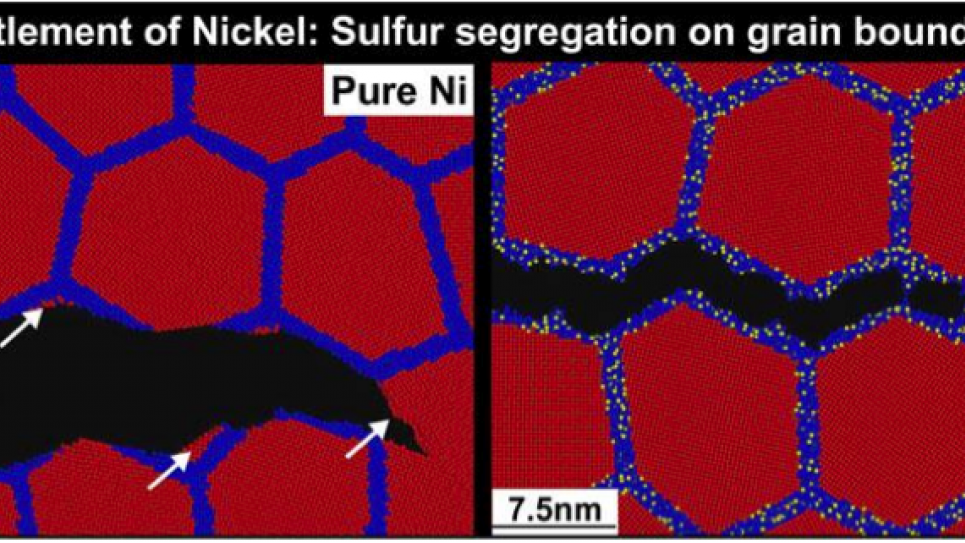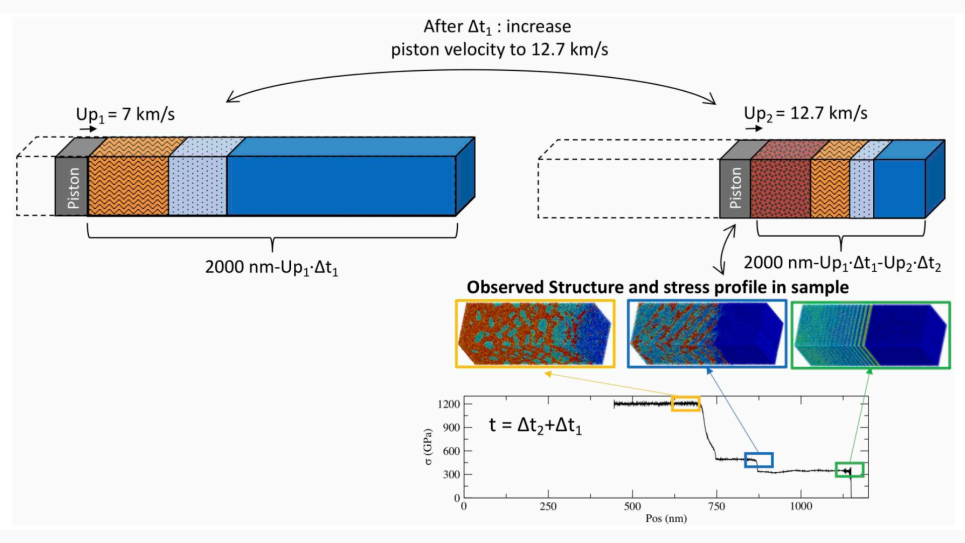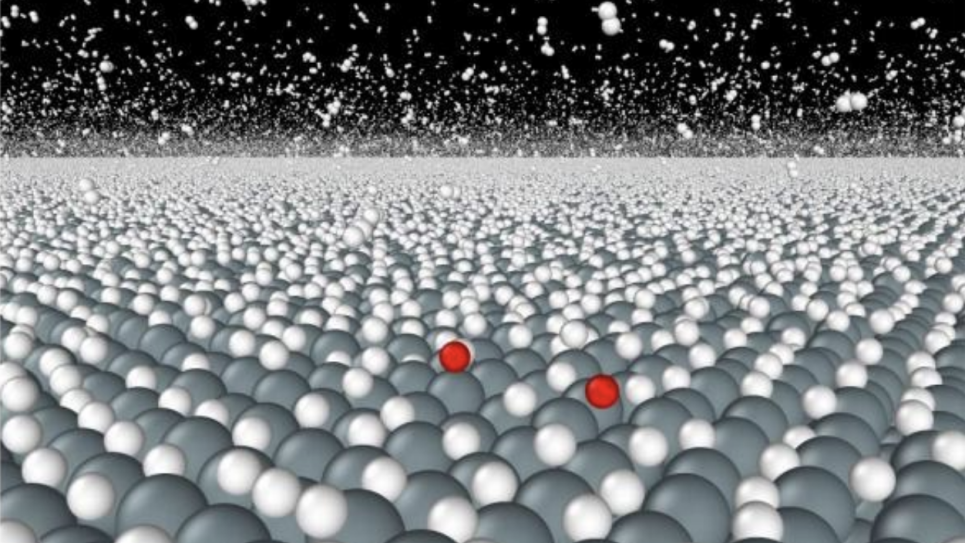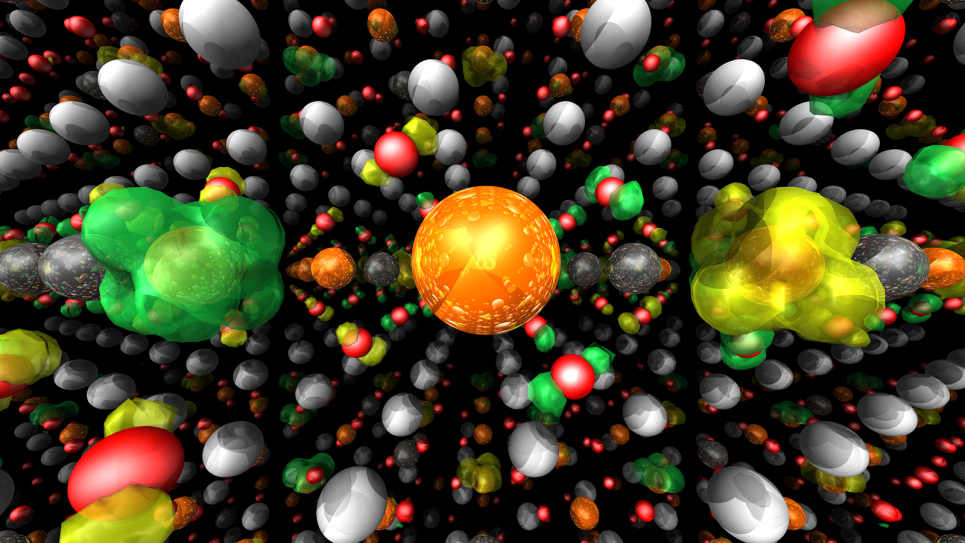
Hierarchical Petascale Simulation Framework for Stress Corrosion Cracking
A multidisciplinary team of physicists, chemists, materials scientists, and computer scientists made innovations in simulation methods and parallel computing technologies to perform the largest-ever (48 million atoms), chemically reactive molecular dynamics simulation on 65,536 IBM Blue Gene/P processors at the Argonne Leadership Computing Facility. The team answered a fundamental question encompassing chemistry, mechanics, and materials science: How a minute amount of impurities segregated to grain boundaries of a material essentially alters its fracture behavior. The researchers simulated the introduction of small amounts of sulfur into the boundaries between nickel grains to investigate a material property known as “embrittlement.” Seeing how different configurations of nickel function at these exceptionally small scales helps them understand the basic chemistry that will expedite the development of next-generation nuclear reactors. The study was published in Physical Review Letters (April 2010).
Director’s Discretionary Allocation:
5 Million Hours


